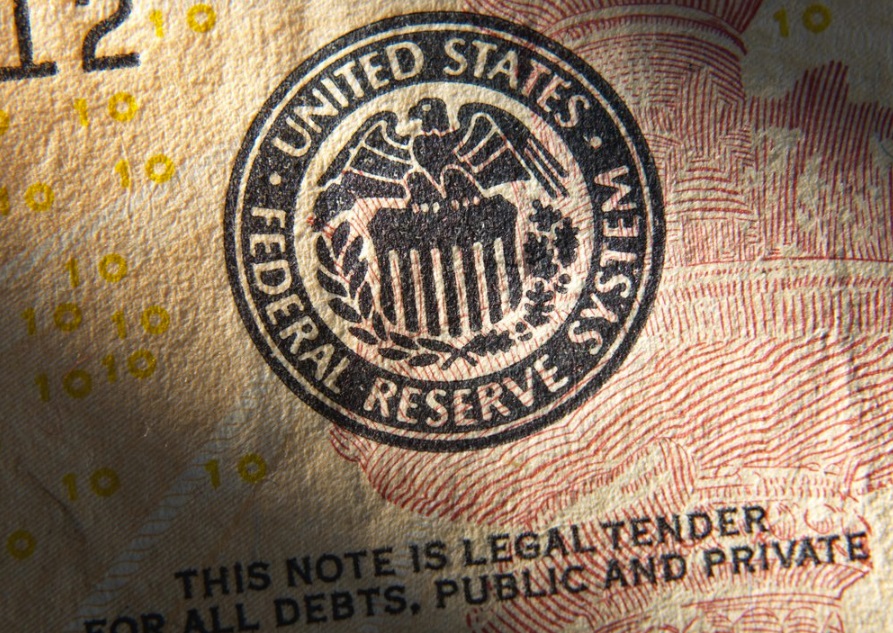Fed rate cut was never going to spark a Bitcoin rally
August 01, 2019 @ 11:44 +03:00

A number of different securities opinion-makers, from Barron’s to CCN’s own Ben Brown, have opined that the Federal Reserve rate cut will ignite a bitcoin rally. The truth is that, like everything else having to do with bitcoin, any movement in its price will be based entirely on speculation. That’s why it will always be volatile. As much as bitcoin enthusiasts want to connect bitcoin price moves to monetary policy, fiscal policy, corporate earnings, debt to GDP ratios, and whether or not aliens have ever visited Earth, the fact is that the only thing that contributes to bitcoin price movement is speculation. Let’s attack the interest rate argument first.
When the Federal Reserve lowers interest rates, it makes it cheaper for corporations and consumers to produce and purchase goods and services. That’s because the Federal Reserve lowers the rate at which it lends money to banks. Banks then lower rates to their customers. Lower interest rates thus stimulate the economy because money is cheaper to obtain and deploy. We would therefore expect to see an increase in economic activity and gross domestic product. There are more jobs and higher consumption.
This can create inflation, wherein a dollar buys less and less over time. That right there might be an argument for cryptocurrency as a store of value, except bitcoin is not a store of value, no matter what anyone says. Yet more to the point, as inflation creeps up, the Federal Reserve raises interest rates to combat it. This is why inflation tends to remain in a fairly narrow range. Yet bitcoin is not related to any of these things. Why would cheaper available money stimulate any corporation or person to buy bitcoin? There is no logical correlation.
People think that when the Fed lowers interest rates, it “prints more money”. That’s not true. More cash is not physically printed. What actually happens is the Fed increases the amount of credit added to bank deposits. The Fed requires banks to keep a given percentage of their deposits at their local Federal Reserve branch each night. Those banks that have more than necessary will lend it to banks that don’t have enough, and charge the fed funds rate. So when the Fed drops the target rate (or cuts rates), it is thus cheaper for banks to maintain their reserves, giving them more money to lend.






